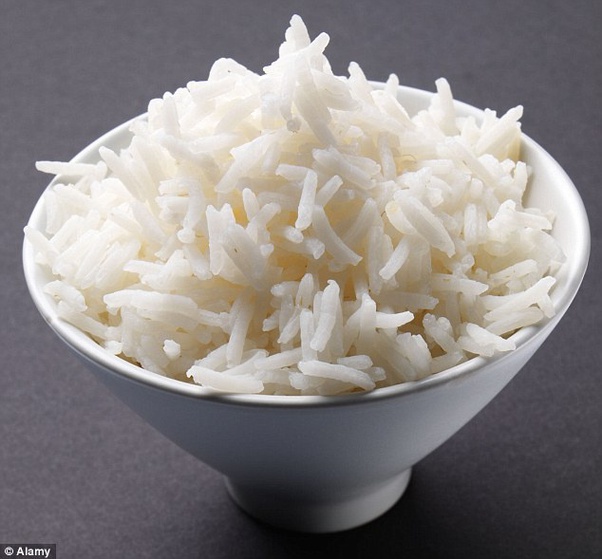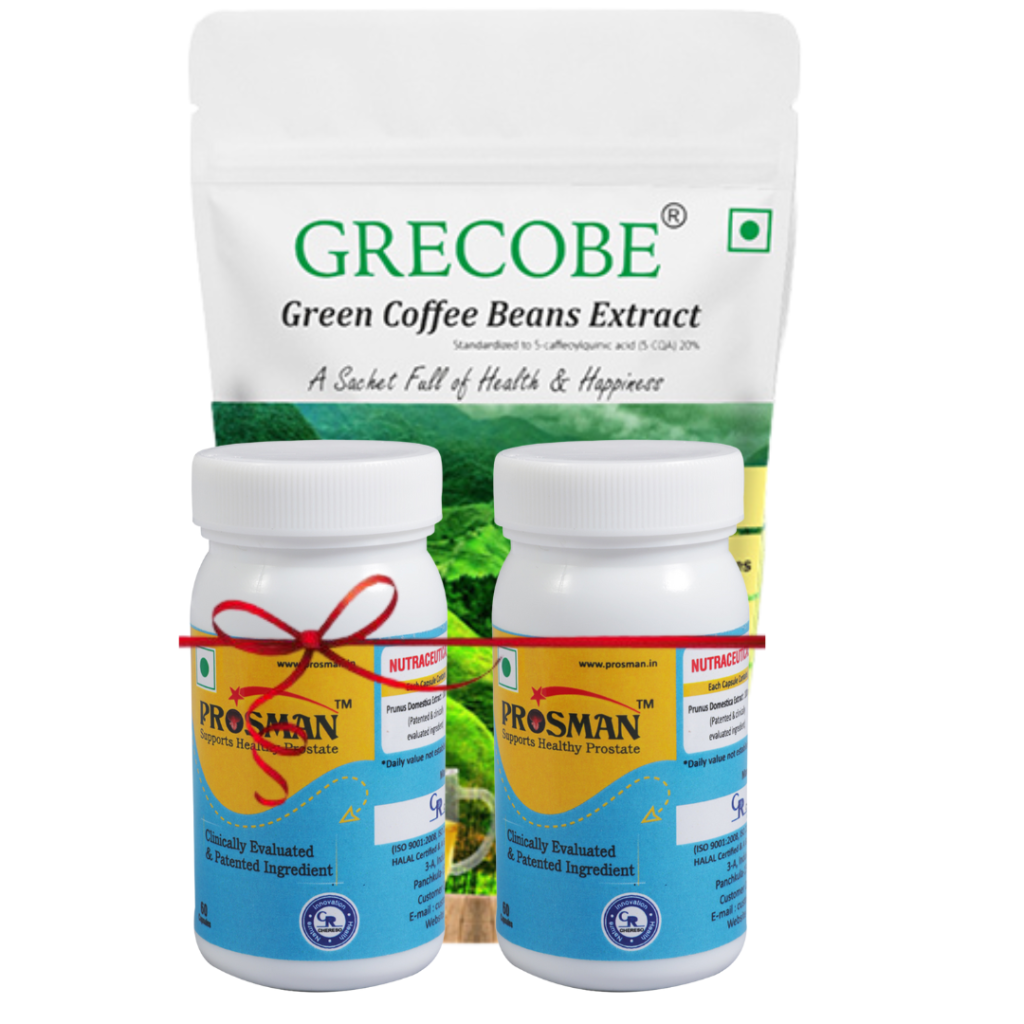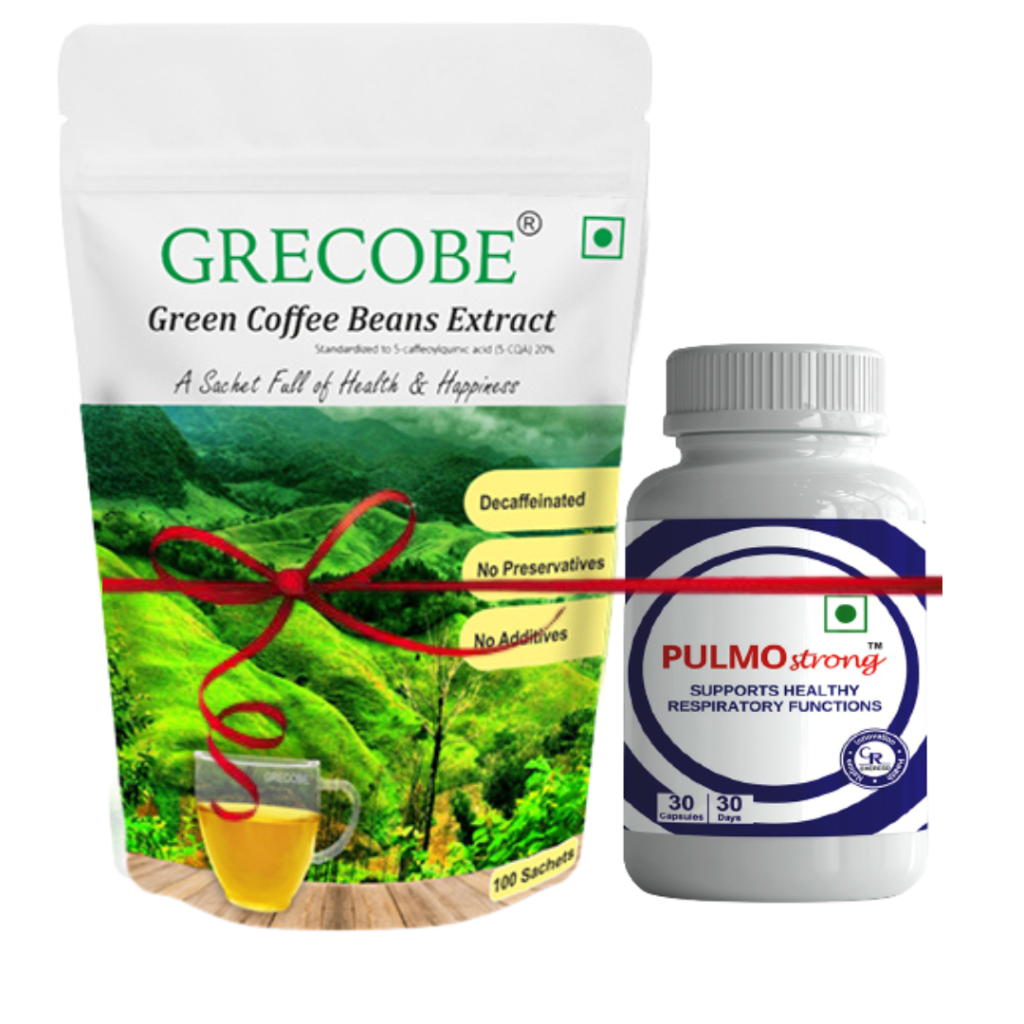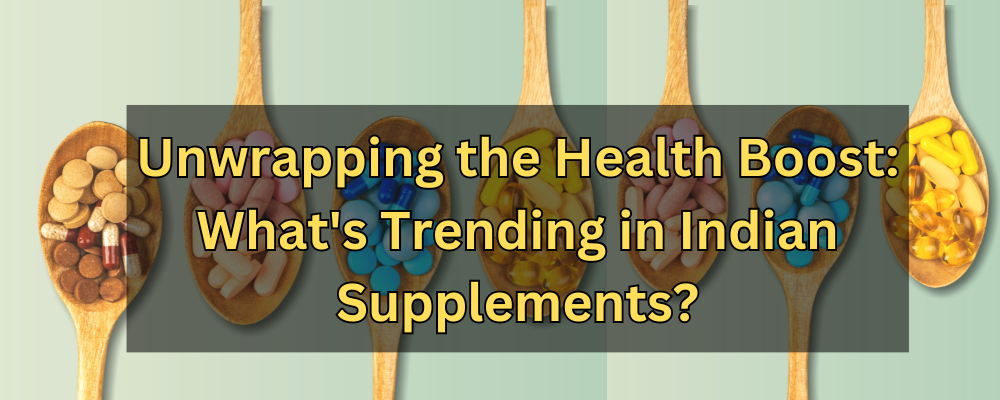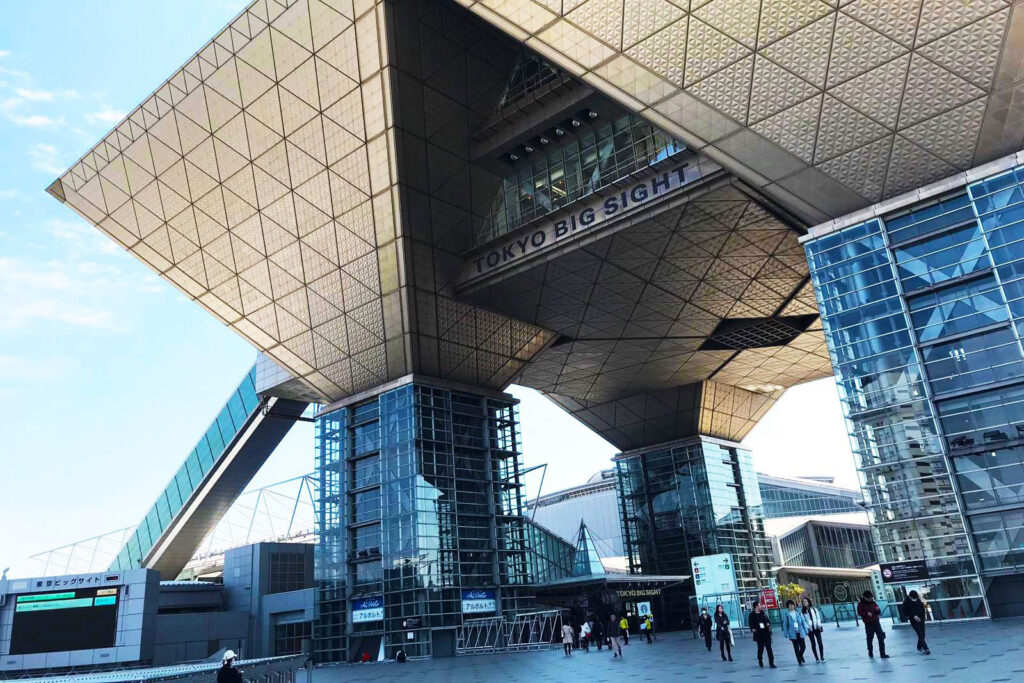erhaps researchers from Britain have tried to rephrase the famous quote of Shakespeare into the Diabetes arena-and probably with same confusing implications. According to an article published in last month in the British journal of Medicine-Eating a diet rich in white rice may increase your chances of developing Diabetes . As the researchers have themselves remarked- white rice may not be the only cause of developing Diabetes moreover in certain Asian subgroups – the Chinese and Japanese, but it does seem to be increasing the odds of developing diabetes. The reasons suggested are many-White rice has high glycemic index meaning- it is quickly absorbed and causes a surge in glucose levels after meals- thus increasing the stress on pancreas to produce more insulin in a short period of time. The other plausible factor may be that white rice has relatively poor nutrient content, especially of those which are helpful in warding off diabetes- like magnesium etc.

To eat or not to eat ( WHITE RICE) – that is the question! Perhaps researchers from Britain have tried to rephrase the famous quote of Shakespeare into the Diabetes arena-and probably with same confusing implications. According to an article published in last month in the British journal of Medicine-Eating a diet rich in white rice may increase your chances of developing Diabetes . As the researchers have themselves remarked- white rice may not be the only cause of developing Diabetes moreover in certain Asian subgroups – the Chinese and Japanese, but it does seem to be increasing the odds of developing diabetes. The reasons suggested are many-White rice has high glycemic index meaning- it is quickly absorbed and causes a surge in glucose levels after meals- thus increasing the stress on pancreas to produce more insulin in a short period of time. The other plausible factor may be that white rice has relatively poor nutrient content, especially of those which are helpful in warding off diabetes- like magnesium etc. In India we have noted that the incidence of Diabetes in south Indian states is high- where diet is predominantly rice based as compared to wheat based north Indian diet. Here are some facts and tips for rice lovers which may help them enjoy their favourite Biryani or Pulao without feeling guilty. Not all rice is high Glycemic index food, Basmati and most long grain rice varieties contain the starch amylose which is considered as moderate Glycemic index food and does not cause high levels of Blood Glucose after meals. Most of the nutrients in rice are eroded by polishing – some of those may be present in the powder form along with the rice grains- but this is often washed or drained- so even the nutrients present in minute quantities are lost. So it is advisable to relish smaller servings than draining the boiled rice. Having rice together with vegetables or other low glycemic index foods is also beneficial as it lowers the total glucose absorption. Vegetable biryani or pulao with plenty of green vegetables but less fat or ghee- preferably not fried at all are good options for rice eaters

